A Visual Guide to Growing Produce
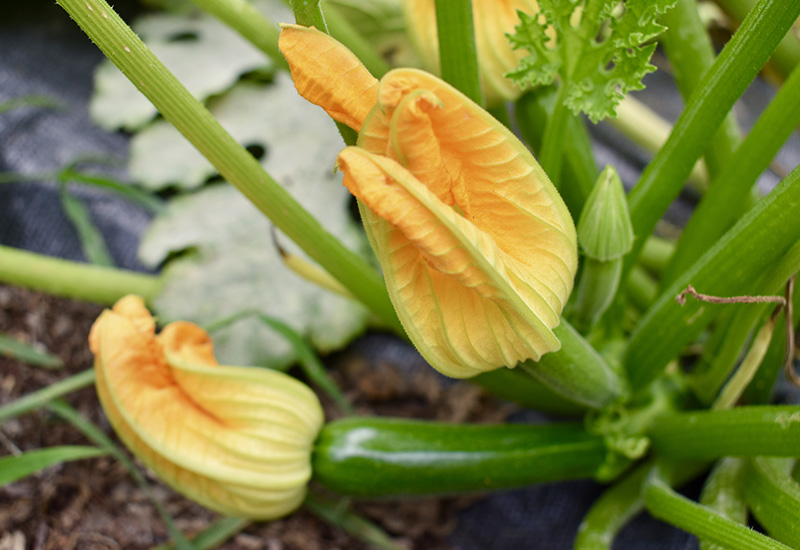
This post was written by Heinen’s partner, Halle Snavely.
Believe it or not, vegetables do not start their life on the grocery store shelf. Have you ever thought about how vegetables grow? The process for a few of your favorites might surprise you.
Many vegetables have predictable growing patterns, while others look a little obscure. Even if you’ve grown your own potted tomatoes, they don’t look quite the same as when they’re grown on a large scale.
We’ve put together a collection of photos to give you a behind-the-scenes peek at the life of some of your favorite vegetables before they reach your local Heinen’s.
Tomatoes
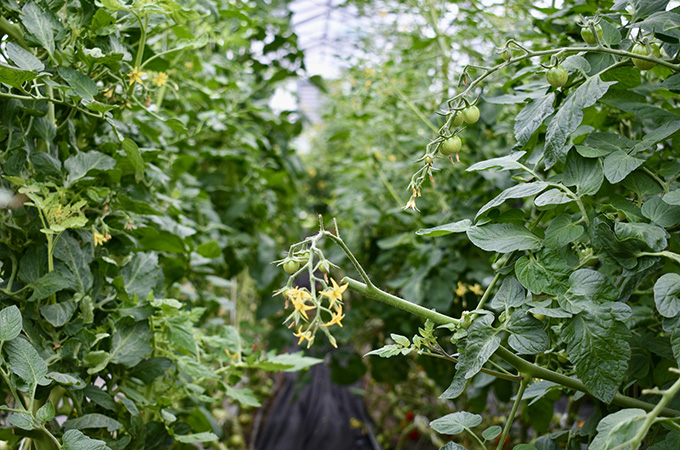
If you’ve ever grown tomatoes, you know that these plants have a mind of their own. Many tomato varieties are indeterminant. This means they will grow as far as possible, winding their way through every nook and cranny they can find. As a result, farmers often choose to grow tomatoes in hoop houses because they are easier to control.
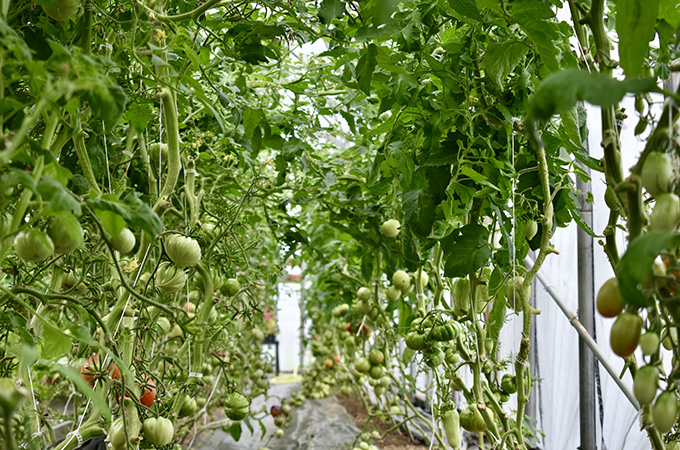
The tomatoes are still grown in the ground, so they absorb all the natural vitamins and minerals from the soil that eventually nourish our bodies. The plants are tied to the ceiling with string, which creates beautiful tunnels of tomatoes. It’s a fun experience to walk through one and be surrounded by all different kinds of tomatoes. And they smell amazing!
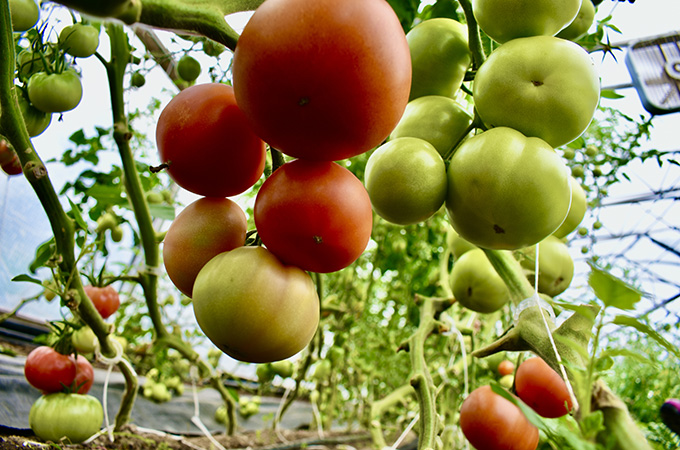
Tomato plants take a few months to produce mature fruit, but once they start to ripen, there is no stopping them. That’s when it’s time to break out your favorite tomato recipes!
Asparagus
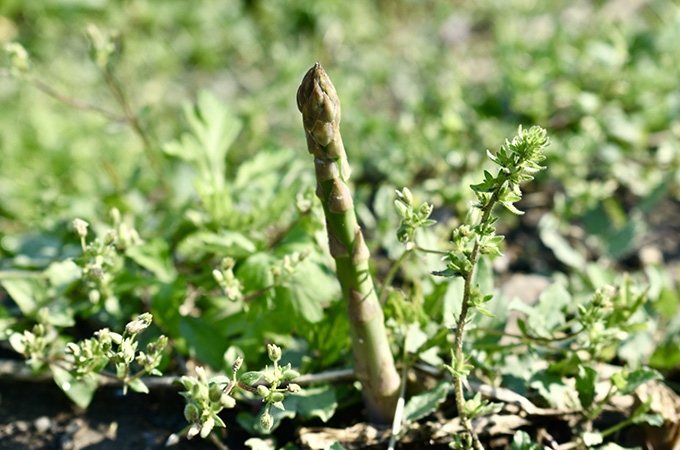
Asparagus is a perennial vegetable that grows in the spring. This highly coveted seasonal gem will test your patience, as there is a three year waiting period between planting and harvest. Their season is short, only lasting about six weeks in April and May.
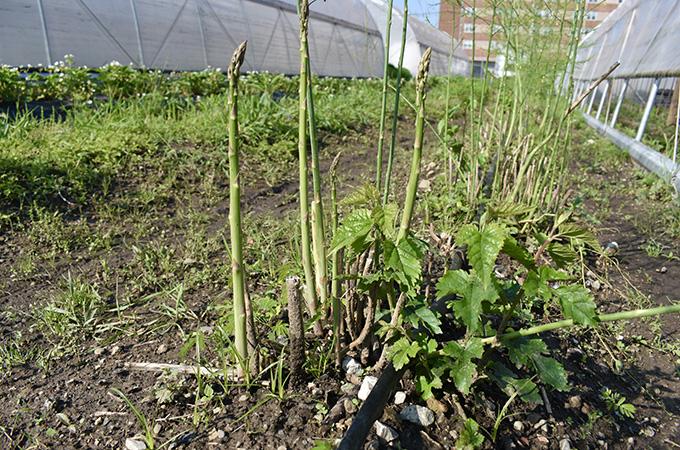
Asparagus is different from many other vegetables that grow multiple fruits from one plant. Even onions and other root veggies give the appearance of a larger plant, but asparagus is truly independent, with each individual stalk standing triumphantly from the ground. It certainly makes a statement!
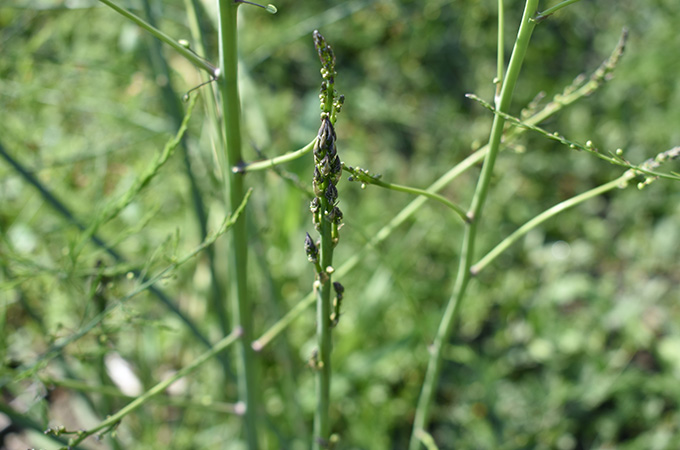
It’s important to harvest asparagus when it’s short. If left too long, it gets a bit unruly and the spears become woody.
Zucchini & Summer Squash
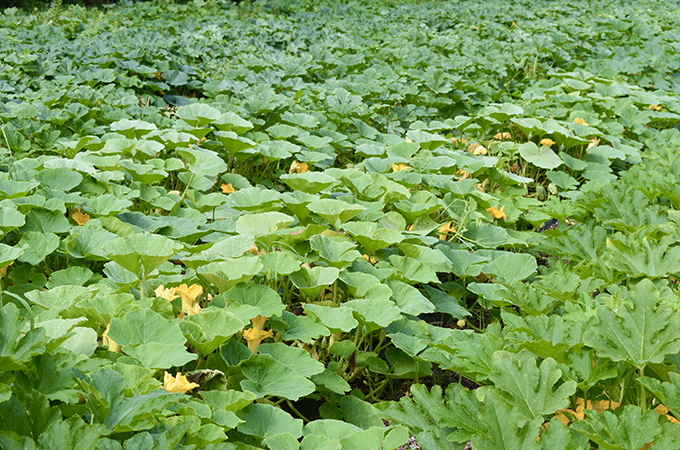
Like tomatoes, squash plants tend to do as they please. It helps to grow them in rows, because the plants respect each other’s personal space to some degree. However, if left to their own devices, they spread like wildfire.
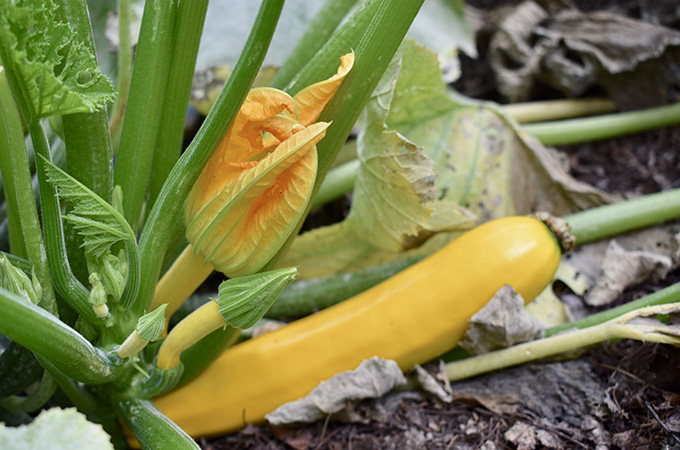
The fruit grows from the base of the plant and will continue to produce fruit with regular harvesting. In fact, one zucchini plant can yield anywhere from three to nine pounds of fruit.
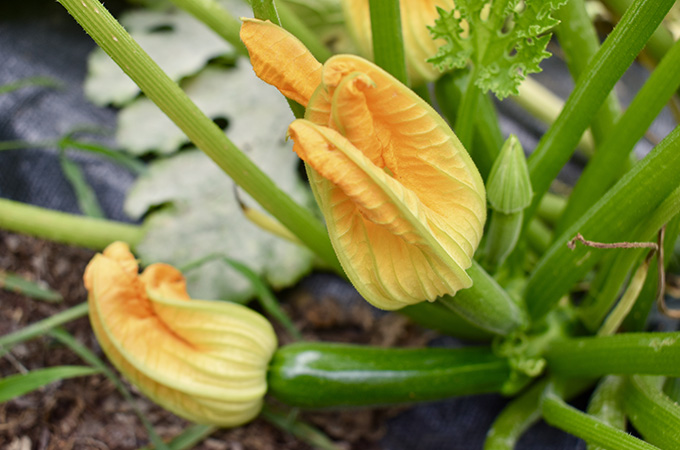
Zucchini and summer squash are known as bumper crops. Meaning they produce so much, that farmers almost always have excess. When in season, I always buy a ton of zucchini and make zucchini fritters. They freeze well and are great for breakfast, lunch and dinner.
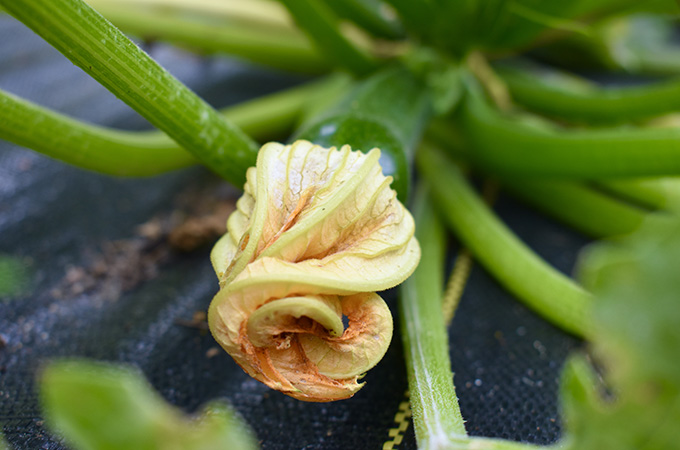
Squash blossoms, while stunningly beautiful, are also edible. They are excellent stuffed with ricotta or goat cheese and pan fried.
Kale
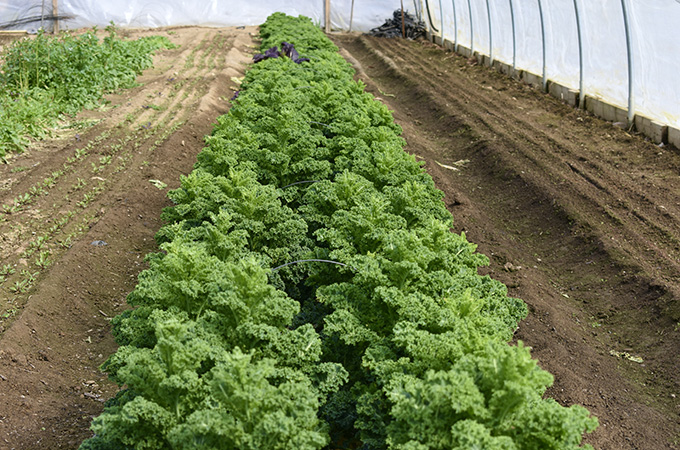
Kale is often thought of as a variety of lettuce, but it’s actually a member of the cruciferous family of vegetables, making it a closer relative to cabbage, Brussels sprouts and collard greens.
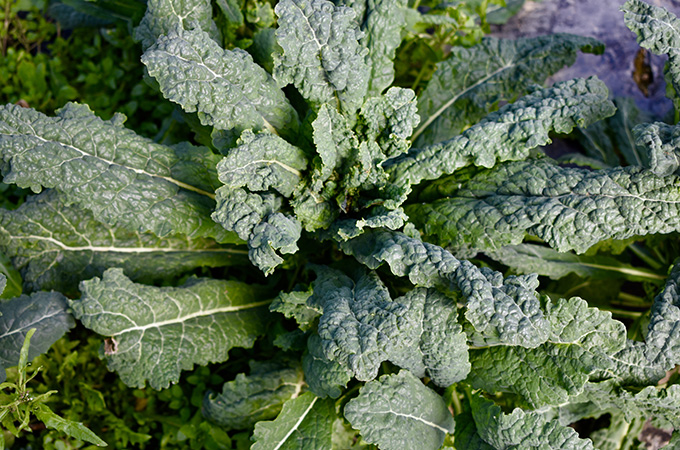
Kale is one of those special produce varieties that can be grown year-round, as long as it’s protected from the elements during the winter months. Farmers usually plant kale twice a year, early in the spring and at the beginning of fall. Some plants can be harvested early for baby kale, while others can be left to grow fully mature leaves, like those pictured above. Both varieties can be found at Heinen’s.


